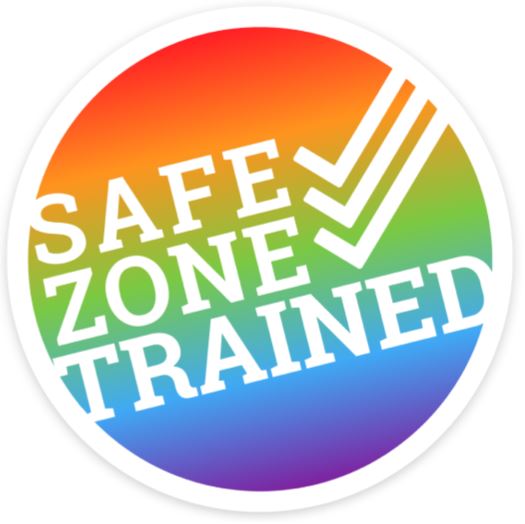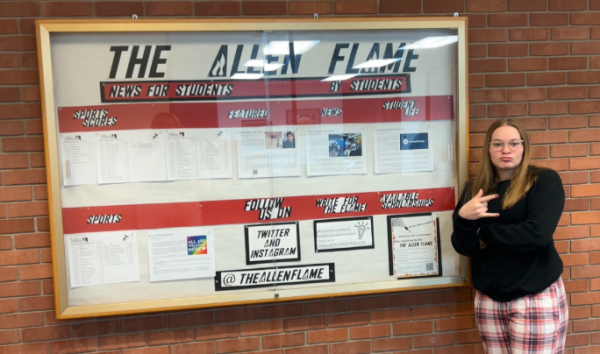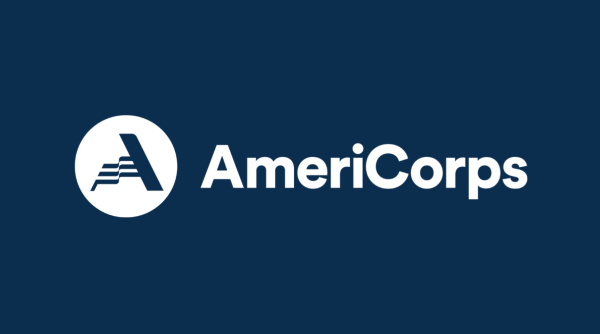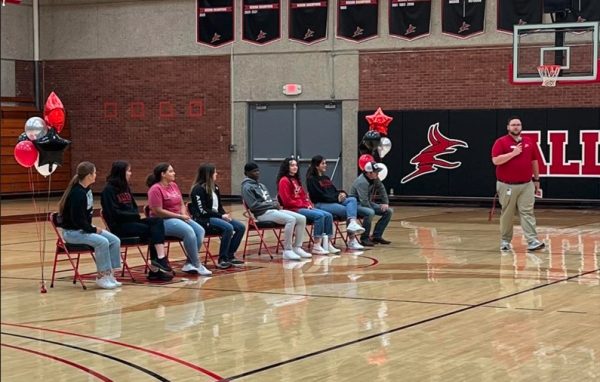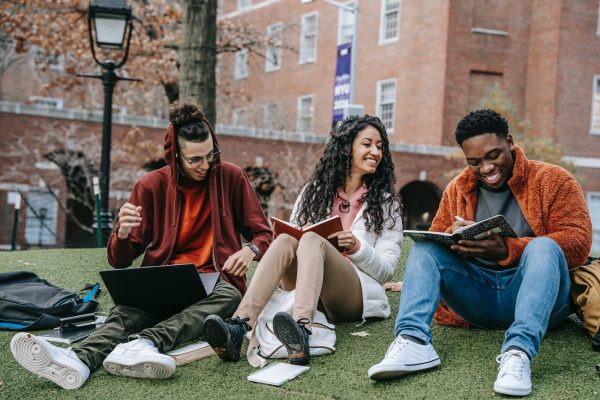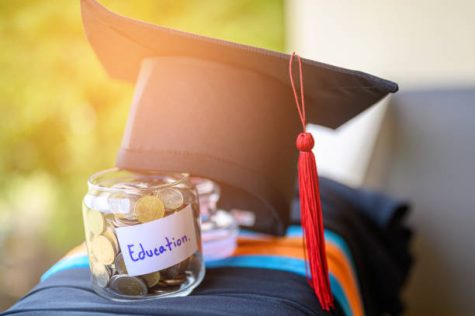SafeZone Teaches Respectful Interactions with LGBTQ+ Community
September 17, 2021
Before the fall semester started, a few Allen teachers and staff participated in an eye-opening SafeZone training facilitated by professors Terri Fahnestock and Alex Simpson. This important training taught teachers and staff diverse ways to interact with LGBTQ+ community members.
SafeZone training helps instructors and staff create interactions with LGBTQ+ students in a way that makes them feel safe, welcomed, or supported in a new environment. The training was open to any member of the faculty and staff, and it was held on campus. Excluding the facilitators, around eight members of the Allen faculty and staff attended the training.
The training was provided in two separate, individual sessions. Each session started with faculty and staff members sharing memories of the first time they had an encounter with someone of the LGBTQ+ community. This exercise opened up the idea of having a ‘growth mindset’. The faculty and staff could then think about how much their views had changed since that first encounter. Further training elements included understanding of useful terms and the idea of fluid gender and sexuality through the use of the Genderbread Person example.
Trevor Belt, theatre advisor, was one of the faculty members that attended the training. The training exercise that he remembers well is the exercise called ‘Privilege for Sale’. The exercise consisted of “buying” privileges that people of the LGBTQ+ community didn’t get to do as easily as people who are not in the community: simple things like holding hands with one’s partner, or same-sex marriage. The members had a limited amount of money (or resources available to them) to buy certain privileges. Belt was one of the staff members who had the least amount of money to buy a ‘privilege’, and this disparity stood out to him.
When asked about why he attended the training Belt said that he believes that his students learn best when they are comfortable. Additionally, Belt was most intrigued about learning respectful and inclusive language that he could communicate back to his students.
“We are all there to get better,” Belt said.
There are tentative plans to have another Safe Zone training in the spring. The idea of students being allowed into the training has been thrown around as well. Safe Zone teaches people how to interact respectfully and appropriately with members of the LGBTQ+ community. To learn more about Safe Zone training, visit the Safe Zone Project at thesafezoneproject.com.

